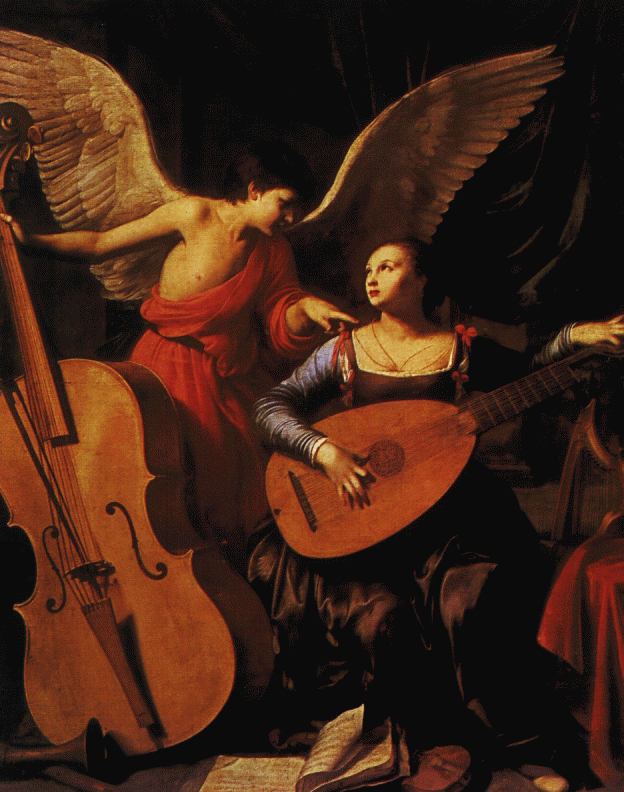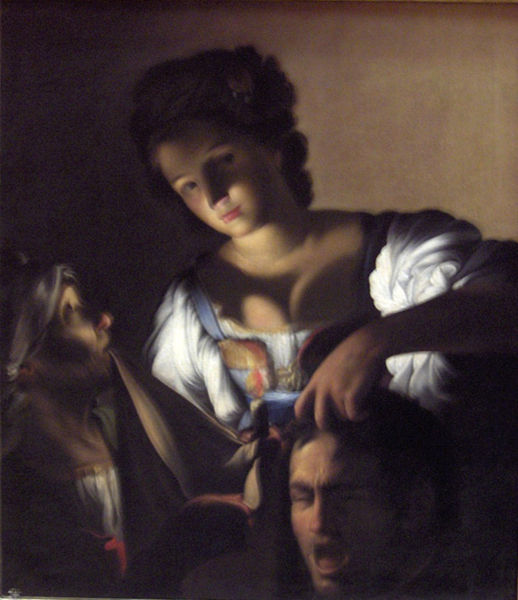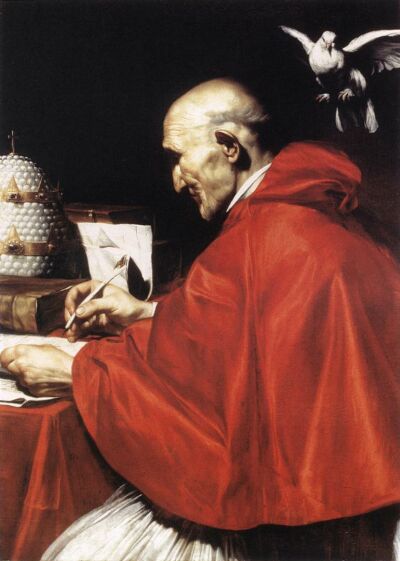Carlo Saraceni (1570-1620)
Get a Saraceni Certificate of Authenticity for your painting (COA) for your Saraceni drawing.
For all your Saraceni artworks you need a Certificate of Authenticity (COA) in order to sell, to insure or to donate for a tax deduction.
Getting a Saraceni Certificate of Authenticity (COA) is easy. Just send us photos and dimensions and tell us what you know about the origin or history of your Saraceni painting or drawing.
If you want to sell your Saraceni painting or drawing use our selling services. We offer Saraceni selling help, selling advice, private treaty sales and full brokerage.
We have been authenticating Saraceni and issuing certificates of authenticity since 2002. We are recognized Saraceni experts and Saraceni certified appraisers. We issue COAs and appraisals for all Saraceni artworks.
Our Saraceni paintings and drawings authentications are accepted and respected worldwide.
Each COA is backed by in-depth research and analysis authentication reports.
The Saraceni certificates of authenticity we issue are based on solid, reliable and fully referenced art investigations, authentication research, analytical work and forensic studies.
We are available to examine your Saraceni painting or drawing anywhere in the world.
You will generally receive your certificates of authenticity and authentication report within two weeks. Some complicated cases with difficult to research Saraceni paintings or drawings take longer.
Our clients include Saraceni collectors, investors, tax authorities, insurance adjusters, appraisers, valuers, auctioneers, Federal agencies and many law firms.
We perform Carlo Saraceni art authentication, appraisal, certificates of authenticity (COA), analysis, research, scientific tests, full art authentications. We will help you sell your Carlo Saraceni or we will sell it for you.

Car;p Saraceni was an Italian early-Baroque painter. Though he was born and died in Venice, in style his paintings are more Roman, a city to which he moved to in 1598, and where he lived for the majority of his mature career, joining the Accademia di San Luca in 1607. He never visited France, though he spoke fluent French and had French followers and a French wardrobe. His painting, however, was influenced at first by the densely forested landscape settings for human figures of the German painter (resident in Rome) Adam Elsheimer’s small cabinet paintings on copper, a format Saraceni employed in six landscape panels illustrating The Flight of Icarus; in Moses & daughters of Jethro and Mars and Venus.

When Caravaggio’s notorious Death of the Virgin was rejected in 1606 as an altarpiece suitable for a chapel of Santa Maria della Scala, it was Saraceni who provided the acceptable substitute, which remains in situ. He was influenced by Caravaggio’s dramatic lighting, monumental figures, naturalistic detail, and momentary action (illustration, right), so that he is numbered among the first of the “tenebrists” or “Caravaggisti”. Examples of this style can be seen in the candlelit Judith and the Head of Holofernes.

Saraceni’s matured rapidly between 1606 and 1610, and the next decade gave way to his fully mature works. In 1616-17 he collaborated on the frescoes for the Sala Regia of the Palazzo del Quirinale. In 1618 he received payment for two paintings in the church of Santa Maria dell’Anima. The compositional details of his fresco of The Birth of the Virgin in the Chapel of the Annunciation of the church of Santa Maria in Aquiro are repeated in a panel on copper at the Louvre.

In 1620 he returned to Venice, where he died in the same year. He is said to have been influential for a still life painter in Rome known as Pensionante del Saraceni. Still wondering about an Italian painting in your family collection? Contact us…it could be by Carlo Saraceni.
Reviews
1,217 global ratings
5 Star
4 Star
3 Star
2 Star
1 Star
Your evaluation is very important to us. Thank you.
